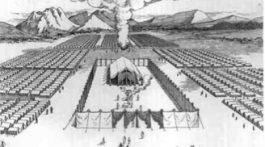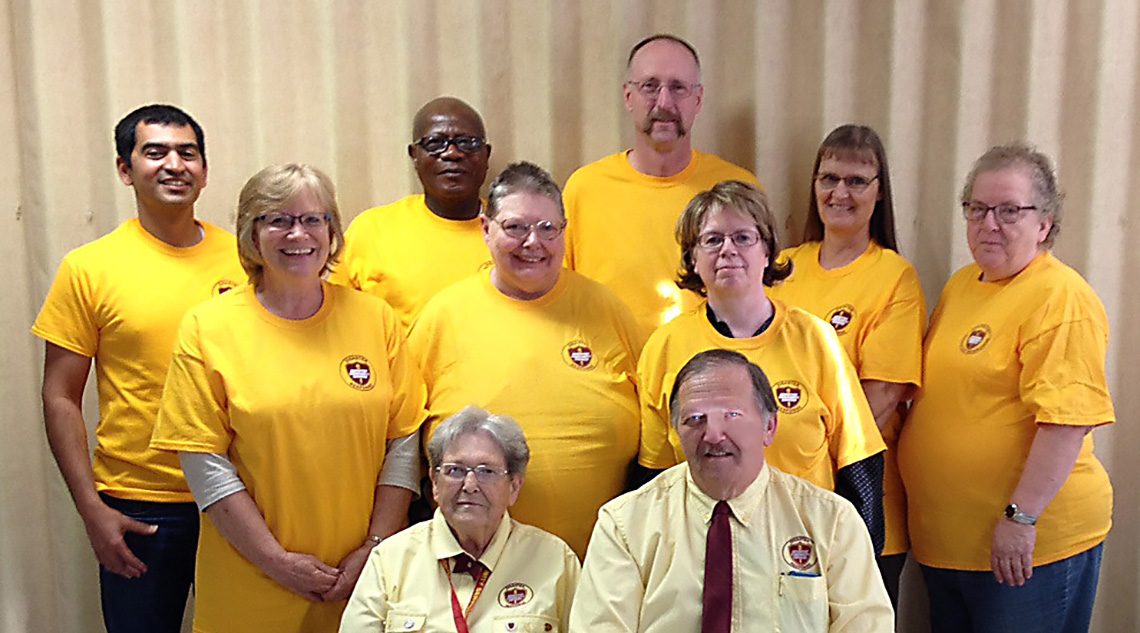In 1970, after Hurricane Andrew, seven different relief organizations came together to form VOAD (Voluntary Organizations Active in Disasters). The Seventh-day Adventist Church was a charter member and our representatives still sit on the board. The organizations consist of Adventist Disaster Response, American Red Cross, Catholic Services, Christian Referral World Relief Committee, Mennonites Disaster Services, Society of Saint Vincent De Paul, and the Southern Baptist Convention.
Each organization has its part to play in a disaster. Adventists are in charge of warehousing and so are seldom mentioned in the media because we play a behind-the-scenes roll. However, rest assured, Seventh-day Adventists are working to relieve pain and suffering in every major disaster. Adventists stock the supplies for the Salvation Army, American Red Cross, etc. to distribute.
Because there are fewer disasters in the northern plains than in the south, Adventist Disaster Response has several semis located in Texas that are stocked and ready for the next disaster. “We can furnish 500 families of five individuals with clothing from one of the 18-wheelers,” says Phyllis Alexander, Dakota Conference director of ACS DR. “The Southern Baptist Convention is responsible for cooking supplies, food and chairs. They can feed 250,000 people two meals a day out of their system.”
NECHMA, of Jewish affiliation, helps by directly supporting volunteers to assist disaster survivors with cleanup and recovery. They were on scene during the Fargo flood mucking out houses. Methodists and Lutherans manage the call-in system during a disaster.
Adventists active in the Dakotas
Alice Pearson was the only Adventist disaster relief person trained to help during the 1997 Red River flood. Dennis Shafter walked in, not knowing what to do, but willing to help. Pastor Bob Forbes also volunteered and helped to operate a Distribution Center in a public school in East Grand Forks. They used four large airport hangars at the Grand Forks International Airport as warehouses, serving the needs of 30,000 people for six weeks with the center in East Grand Forks and a smaller unit at the airport. Pearson oversaw the warehouse operations from Pierre, South Dakota. It was then that the Dakota Conference realized the need to form a disaster plan for the conference.
During the Bismarck, North Dakota flood in 2011, Columbia, a well-known outdoor clothing conglomerate, provided $183,000 worth of new clothing for men, women and children to an Adventist-run warehouse in Bismarck. The Latter-day Saints Church delivered 64 pallets of cleaning buckets. Pastor Loren Nelson, Dakota Conference youth director, organized young people from the conference to do mobile distribution into the community and sandbagging, which helped save four houses.
Forbes and his wife, Gerry, managed a warehouse in Delmont, South Dakota in May 2015 after an E-F2 tornado destroyed homes and property. He and his team inventoried more than $52,000 worth of donations. In 2014 he worked with Adventist Disaster Response after a tornado devastated Wessington Springs, South Dakota.
Last October Alexander attended a Tri-State Disaster Response Summit in Fargo, North Dakota. The American Red Cross received a grant to sponsor the summit, so there was no charge to attend and the Red Cross also helped with hotel, travel and meal expenses. Emergency Management, First Responders and VOAD members were there learning how to be more productive by not duplicating efforts, effect better organization and communication, and generally work together in an emergency situation.
In November Forbes and Alexander taught an Adventist Community Service Disaster Relief class to those renewing or interested in being disaster certified. “Adventist Disaster Response does nothing without being asked. That inquiry usually comes from Homeland Security through VOAD, who then request us,” says Alexander. “They have the ACS DR Memorandum of Understanding, which is reviewed every five years.”
Coordination and training are disaster prerequisites, adds Alexander. “Become acquainted with Red Cross leaders, the Salvation Army, Emergency Management managers, and the police and fire departments. We cannot do it alone, but we can continue to do it as a team.”









